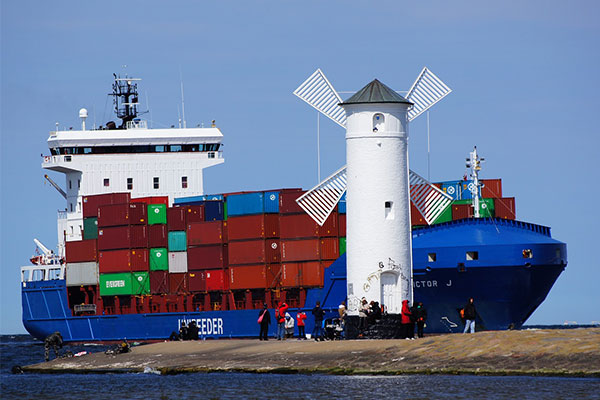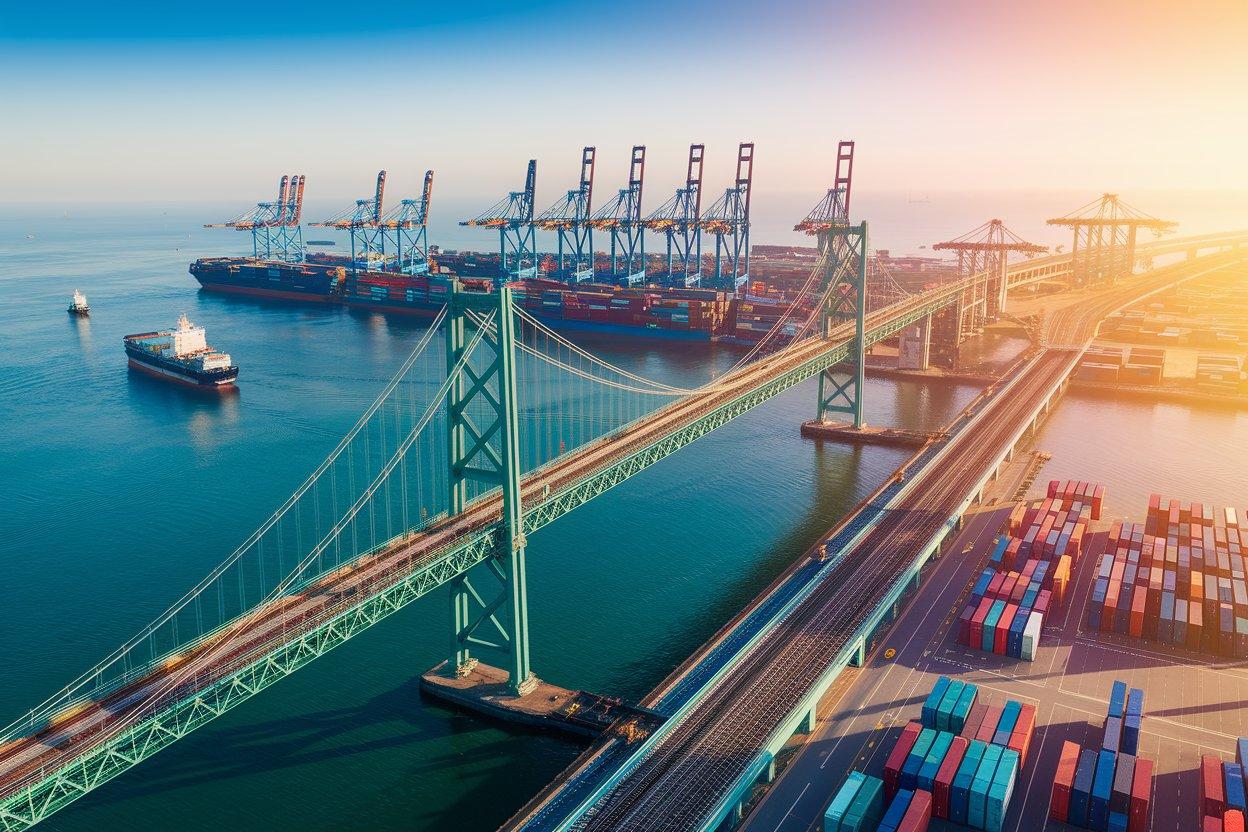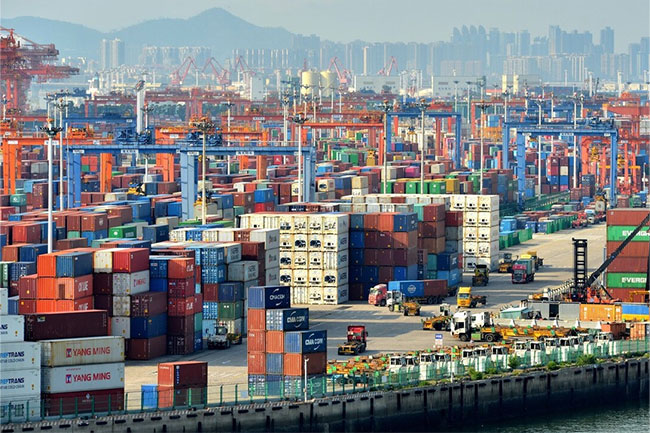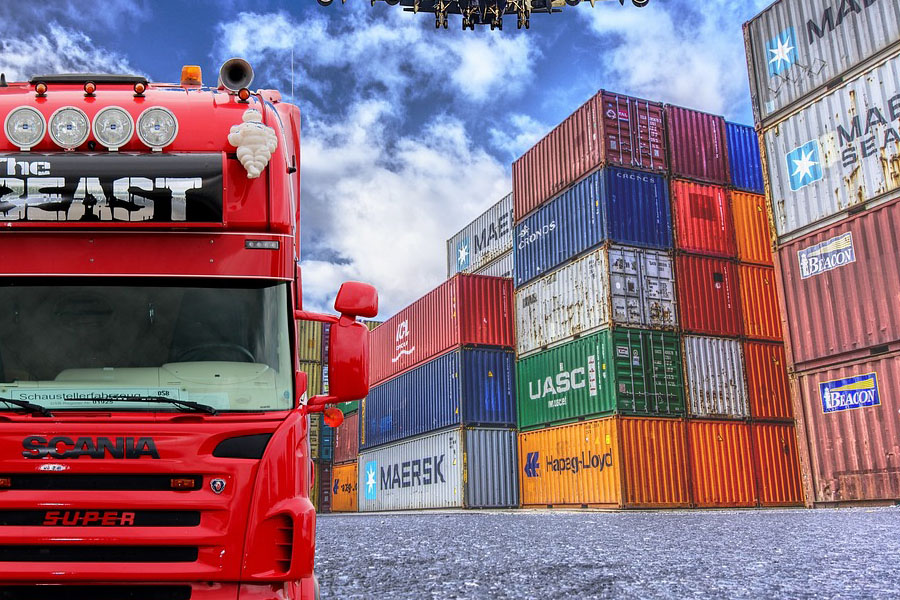- Shanghai Zhongshen International Trade Co., Ltd. - Two decades of trade agency expertise.
- Service Hotline: 139 1787 2118
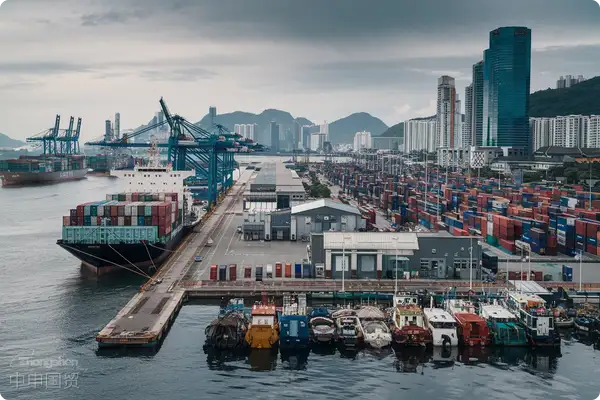
1. How to Choose Reliable ClothingExport RepresentationA professional agency company should have the following characteristics:
When selecting an agency company, focus on three key dimensions:: Customs AEO certification, Class A foreign exchange management enterprises(Customs AEO Certification, International Freight Forwarding Qualification),Industry experience(At least 3 years of case studies in apparel category operations),Service network(Customs clearance capability at the destination port). It is recommended to request the agent to provide:
- In the past two years, same categoryExport ClearanceSingle (desensitization processed)
- Cooperative Shipping Company/Airline Price List
- Typical Case Study on Dispute Resolution
2. What documents and materials are required for clothing export?
Basic documents include commercial invoices, packing lists, and purchase and sales contracts. Special attention should be paid to the new requirements added in 2025:
- Textile composition label (must include percentage of recycled materials)
- EU EPR Registration Number (Mandatory Requirement for Apparel Products)
- It is recommended to verify through the following methods:Ming (RCEP certificates eligible for tariff preferences)
3. What international certifications are required for exporting garments?
Different markets have differentiated requirements:
- European Union Market
- CE Certification (Mandatory for Children's Clothing)
- OEKO-TEX Standard 100 (Eco-Textiles)
- US Market
- CPSC Compliance Certificate
- CPSIA lead content test
IV. What are the common mistakes in clothing export customs declaration?
Recent customs audit data indicates that 60% of declaration errors are concentrated in:
- Inaccurate ingredient declaration (blending ratio deviation exceeds ±3%).
- Incorrect product code selection (confusion between knitted/woven categories)
- Declared value anomaly (price review triggered when 20% below industry average)
V.Cross-border E-commerceWhat should be considered in clothing export?
For suppliers on platforms such as Temu and Shein, special attention is required:
- Minimum Order Quantity (MOQ) restriction (typically 500 pieces/style)
- Specifications for Hang Tag QR Code Production (Size no smaller than 2×2cm)
- Pre-sale goods advance customs clearance mechanism (requires reserving 7 working days)
6. How to Control the Logistics Costs of Exporting Garments?
According to the first quarter of 2025Maritime TransportationPrice index, recommended portfolio solution:
- Southeast Asia Route: Choose CMA CMR's newly launched weekly express service.
- Europe-America routes: LCL (Less than Container Load) to FCL (Full Container Load) (Cost-effective when cargo volume exceeds 18m3).
- Urgent Order: Utilizing Hong Kong Airport's Dedicated Cross-Border E-commerce FacilityAir TransportationPassage
7. How to Handle Quality Disputes in Exporting Garments?
It is recommended to clearly specify three key clauses in the contract:
- Inspection standard (accept AQL 2.5 or AQL 4.0)
- Claim time limit (Claims filed within 30 days after arrival are considered valid)
- Place of Dispute Resolution (preferably designated as the China International Economic and Trade Arbitration Commission)
8. ClothingExport DrawbackHow to calculate?
In 2025, the tax refund rate for textiles remains at 13%. The actual tax refund amount = FOB declared price × tax refund rate × (1 - difference between tax collection and refund rates). Pay attention to two risk points:
- Customs declaration amount andA complete export agency agreement should be attached with:The variance exceeding ±5% requires an explanation of the reasons.
- The name of the input invoice must exactly correspond to the exported goods.
9. How to avoid intellectual property risks in the export of garments?
Three steps must be completed:
- Trademark pre-screening (via WIPO Global Brand Database)
- Design patent search (focus on screening EU and U.S. design patents)
- Copyright Statement Filing (Original designs require copyright registration)
10. What are the special requirements for emerging markets?
Latest Access Regulations for Key Countries:
- Saudi Arabia: SASO Certification Adds Durability Testing for Laundry Symbols
- Brazil: ANVISA Requires pH Testing for Infant and Children's Clothing
- Indonesia: Mandatory Implementation of SNI Certification (Including Packaging Material Testing)
Special reminder:Starting from April 2025, the EU will implement a carbon footprint labeling system for textile products. It is recommended that export enterprises conduct LCA (Life Cycle Assessment) in advance, and partnering with agencies that have environmental certifications can help reduce compliance costs.
Related Recommendations
? 2025. All Rights Reserved. Shanghai ICP No. 2023007705-2  PSB Record: Shanghai No.31011502009912
PSB Record: Shanghai No.31011502009912
